
Nomad Press
A division of Nomad Communications
10 9 8 7 6 5 4 3 2 1
Copyright 2017 by Nomad Press. All rights reserved.
No part of this book may be reproduced in any form without permission in writing from the publisher, except by a reviewer who may quote brief passages in a review or for limited educational use .
The trademark Nomad Press and the Nomad Press logo are trademarks of Nomad Communications, Inc.
Educational Consultant, Marla Conn
Questions regarding the ordering of this book should be addressed to
Nomad Press
2456 Christian St.
White River Junction, VT 05001
www.nomadpress.net
Recent science titles in the
Inquire and Investigate series
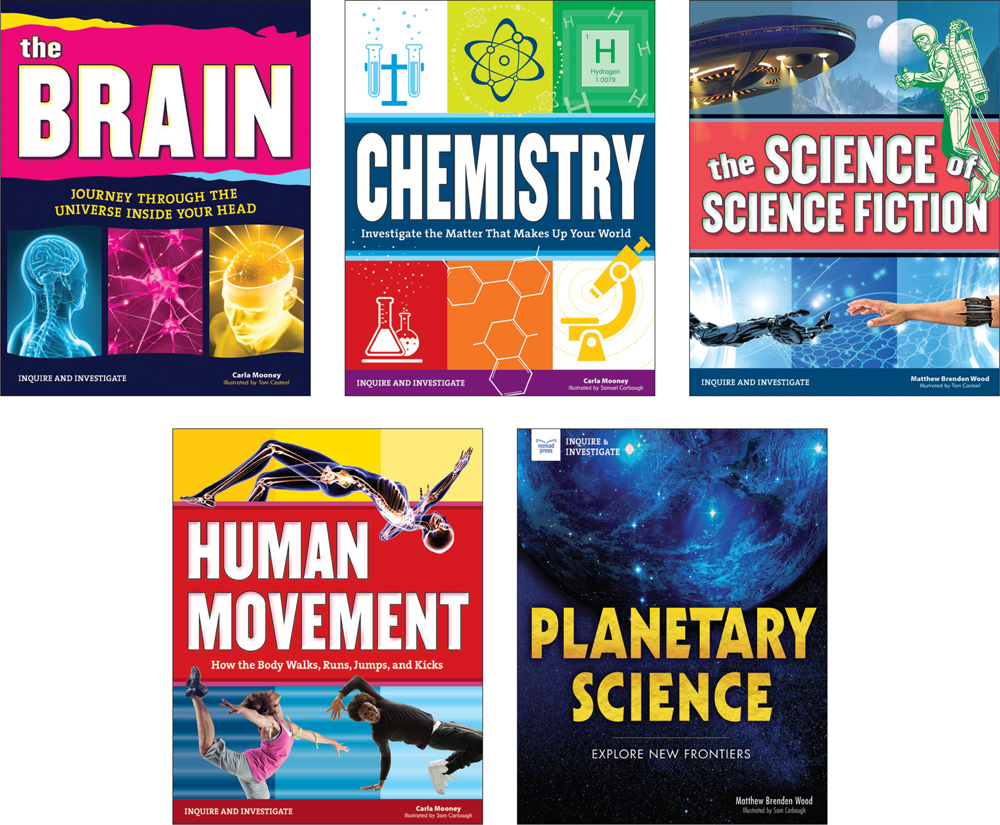
Check out more titles at www.nomadpress.net

| You can use a smartphone or tablet app to scan the QR codes and explore more! Cover up neighboring QR codes to make sure youre scanning the right one. You can find a list of URLs on the Resources page. If the QR code doesnt work, try searching the Internet with the Keyword Prompts to find other helpful sources.  Cells Cells
|
300s BCE | Aristotle supports the theory of spontaneous generation and writes widely of animals and nature. |
1590s CE | Hans and Zacharias Janssen invent the first compound microscope. |
1663 | Robert Hooke describes cells when he discovers them in cork. |
1665 | Robert Hooke adds light to a compound microscope and publishes his book, Micrographie! . |
1668 | Antonie van Leeuwenhoek creates a simple microscope and discovers unicellular organisms. |
16751679 | Marcello Malpighi publishes several works on the early development of organisms. He is considered by many to be the father of embryology. |
1802 | Charles-Francois Brisseau de Mirbel proposes that plants are made up of cells. |
1832 | Barthlemy Dumortier observes plant cell division under a microscope. Robert Remak observes cell division in animal cells. |
1833 | Robert Brown discovers the cell nucleus. |
1839 | Matthias Jakob Schleiden and Theodor Schwann propose cell theory. |
1842 | Julius Robert von Mayer publishes the chemical formula for photosynthesis. |
1858 | Rudolf Virchow adds to cell theory by hypothesizing that all cells come from preexisting cells. |
1859 | Louis Pasteur disproves the theory of spontaneous generation. |
1866 | Gregor Mendel publishes his work on genetics and principles of inheritance. |
1869 | Friedrich Miescher discovers DNA. |
1881 | Theodor Engelmann discovers that photosynthesis occurs in the chloroplast. |
1886 | Ernst Abbe and Carl Zeiss invent the modern compound microscope. |
1898 | Camillo Golgi described the Golgi apparatus, an organelle in the cell. |
1931 | Ernst Ruska builds the first electron microscope. |
1944 | Scientists at the Rockefeller Institute for Medical Research show that all genes have DNA. |
1952 | Rosalind Franklin produces the first image of DNA. |
1952 | The first human cell line is created. |
1955 | The scanning electron microscope (SEM) is invented. |
1962 | James Watson, Francis Crick, and Maurice Wilkins receive the Nobel Prize for their discovery of DNAs structure. |
1970s | Archaea are discovered to be a separate organism from bacteria and receive separate taxonomic classification. |
1970s | Lynn Margulis publishes work on endosymbiotic theory. |
1977 | Frederick Sanger creates a DNA sequencing method. |
1981 | Transgenic mice and fruit flies are produced. A mouse embryonic stem cell line is established. |
1983 | Thomas Cech and Sidney Altman discover ribozymes. |
1990 | The Human Genome Project is started in an effort to map the entire human genome. |
1996 | A sheep named Dolly is the first animal to be cloned. Dolly survives for more than six years. |
1998 | Mice are cloned from adult stem cells. |
1998 | Researchers achieve the first animal genome sequence of the nematode worm. |
1998 | The National DNA Index System (NDIS) is created by the FBI. |
2003 | The human genome sequence is published. |
2012 | A new genetic tool called CRISPR-Cas9 allows for easy editing of sections of DNA. |
2016 | GMO labeling legislation is passed, requiring standard labels on genetically modified food. |
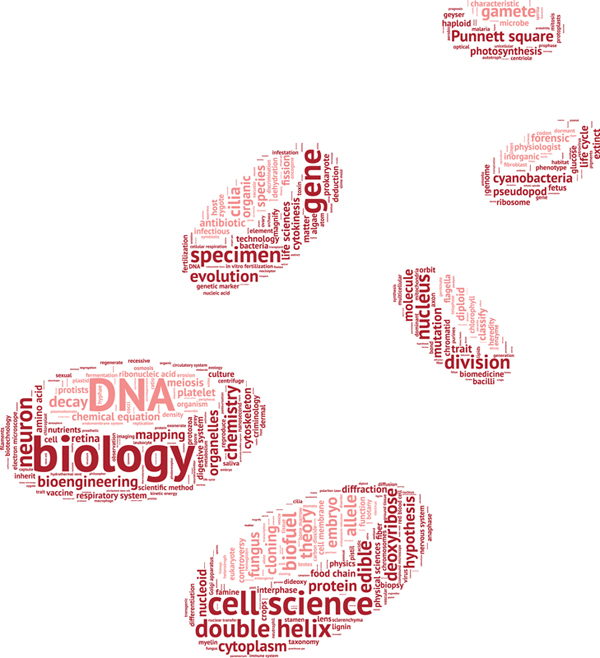

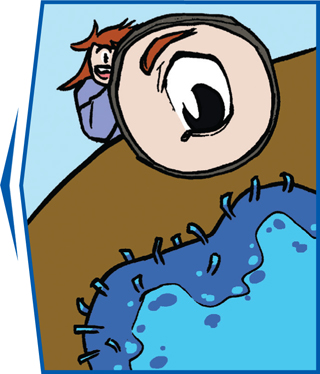
Why are cells important to the study of biology?


| Cells are the building blocks of every form of life. Understanding cells is critical to understanding how living creatures function. |
People believe what they can see. This has been true throughout human history. For example, thousands of years ago, people could see that the sun was in a different place in the sky depending on the time of day or time of year. They believed that the sun was moving across the sky.
For thousands of years, this was the accepted explanation, that the sun moved around the earth. Eventually scientists and thinkers proved that it was actually the earth in motion around the sun.
Hundreds of years ago, people noticed that mice appeared in the rags covering cheese and bread. It seemed that the combination of cheese and bread stored in a dark place created mice. This deduction might seem foolish to people today in the twenty-first century. But in the past, people made deductions on what they could see simply with their eyes.
Next page
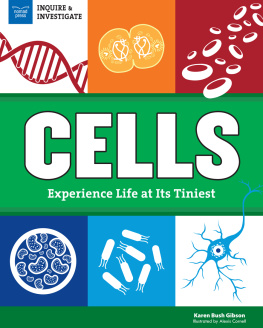





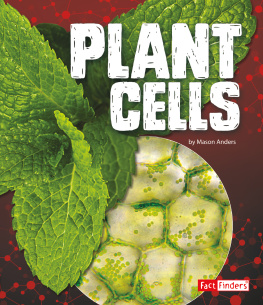
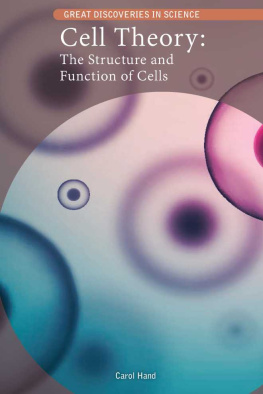
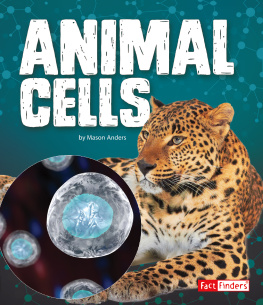
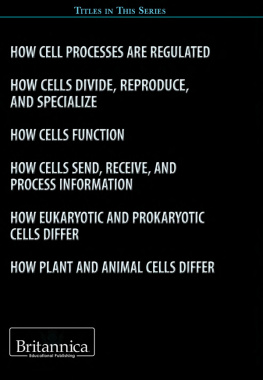
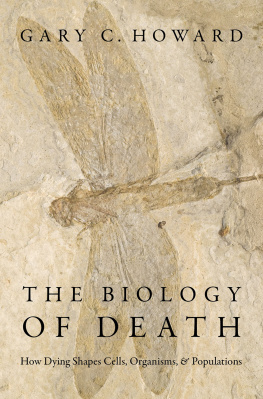
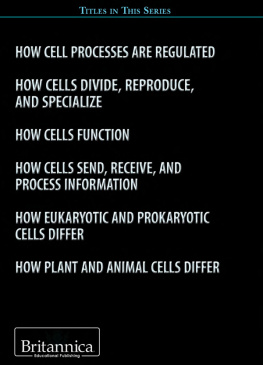
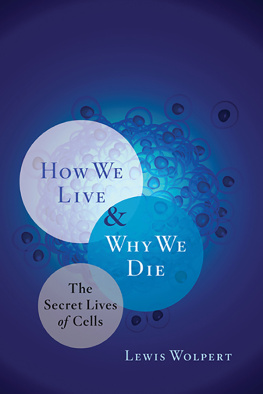


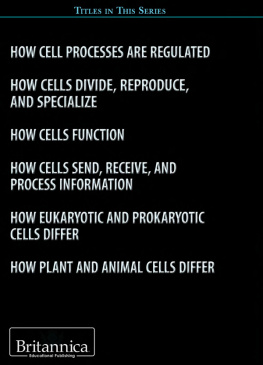
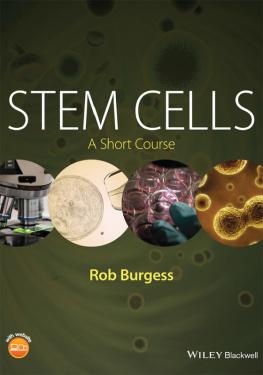




 Cells
Cells



